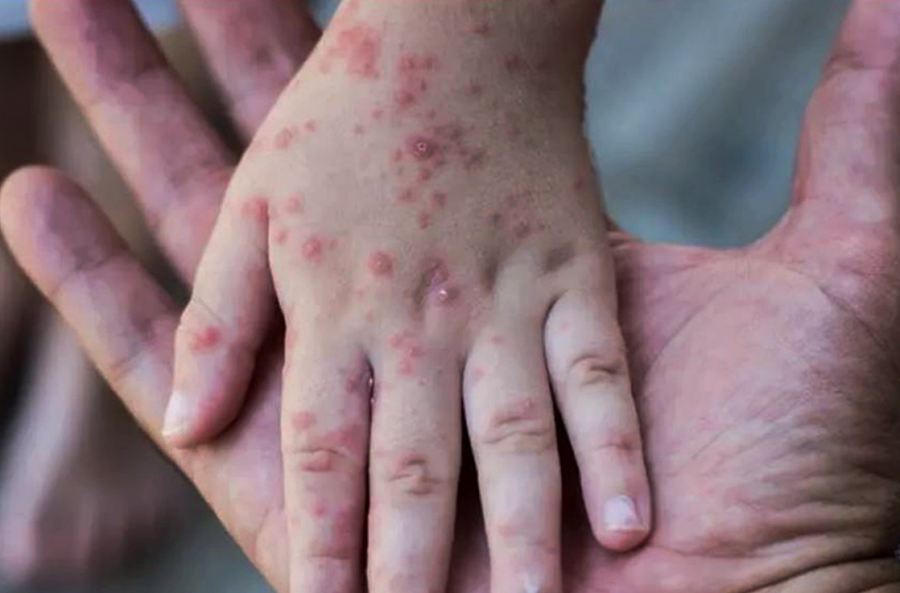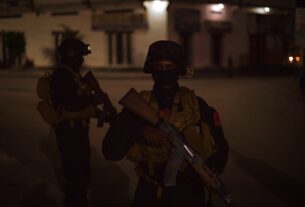Sat 25 June 2022:
On Friday, three cases of monkeypox in adults who traveled from Europe verified by Colombian health officials.
Bogota, the nation’s capital, recorded two cases, while Medellin reported a third.
Six Latin American countries have reported cases of monkeypox, and the World Health Organization (WHO) estimates that there are more than 3,200 cases of the disease in 48 countries.
Following Argentina as the first country in Latin America to confirm the disease were Mexico, Brazil, Venezuela, and Chile.
Two patients, one from Argentina and one from Spain, tested positive after exhibiting suspicious symptoms, according to a May 27 report from the Argentine Health Ministry.
One day later, Mexico reported its first “imported” case when a 50-year-old man who lives in New York City “was probably infected in the Netherlands,” said health officials.
On June 9, Brazil confirmed its first case in a 41-year-old man who had traveled to Spain and Portugal and was admitted to a hospital in Sao Paulo.
Venezuela reported its first case June 13 in a patient who also came from Spain.
Chile confirmed monkeypox June 17. Health officials said it was detected in a young adult who had traveled to Europe and presented symptoms related to the disease.
The World Health Organization is considering whether to declare monkeypox a global emergency, which would give it the same distinction as the coronavirus pandemic and require a global response.
Monkeypox has so far primarily affected men who have sex with men but experts warn anyone in close contact with an infected person or their clothing could be at risk for infection. It could begin with fever, enlarged lymph nodes, back pain and muscle aches before a rash appears on the skin.
Initial symptoms include fever, headache, muscle aches, backache, chills and exhaustion. Within 1-3 days of onset of fever, a rash that can look initially like pimples, but develops to blister-like appearance. The rash can be present on the face, inside the mouth, and on other parts of the body, like the hands, feet, chest, genitals, or anus.
The skin lesions form roughly at the same time and during the course of the illness the skin lesions appear similar until they resolve (i.e. scab falls off). This is unlike some other rash disease where lesions would be at different stages of progression at any given stage of the disease, up to resolution.
WHO Director-General Tedros Adhanom Ghebreyesus said monkeypox is likely more widespread than official numbers indicate and urged vigilance.
“Person-to-person transmission is ongoing and is likely underestimated,” he said.
SOURCE: INDEPENDENT PRESS AND NEWS AGENCIES
___________________________________________________________________________________________________________________________________________
FOLLOW INDEPENDENT PRESS:
TWITTER (CLICK HERE)
https://twitter.com/IpIndependent
FACEBOOK (CLICK HERE)
https://web.facebook.com/ipindependent
Think your friends would be interested? Share this story!





